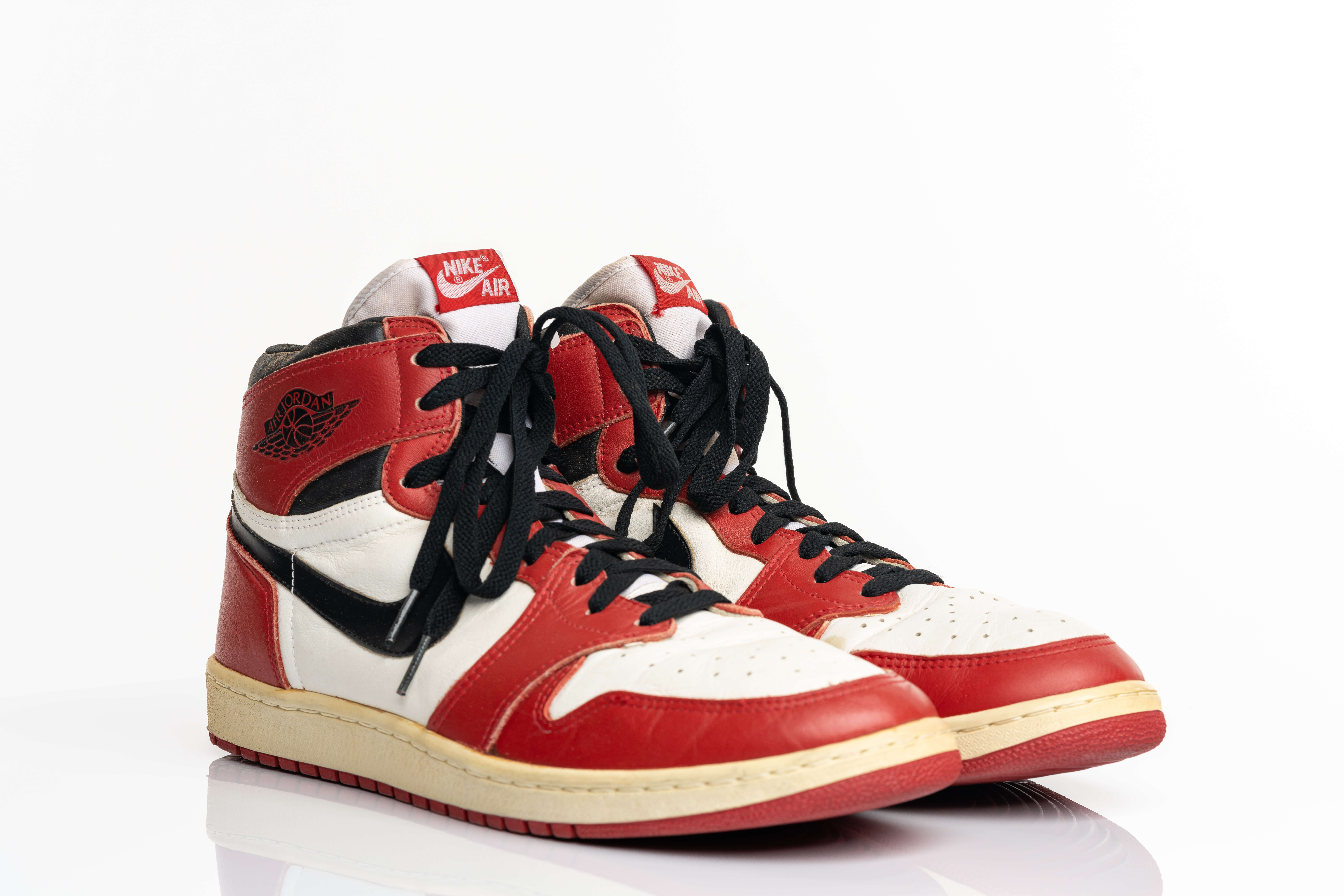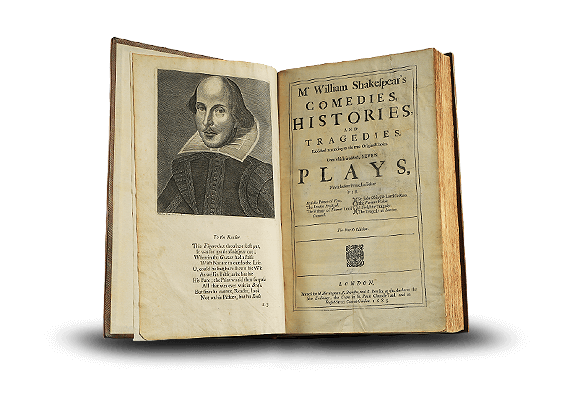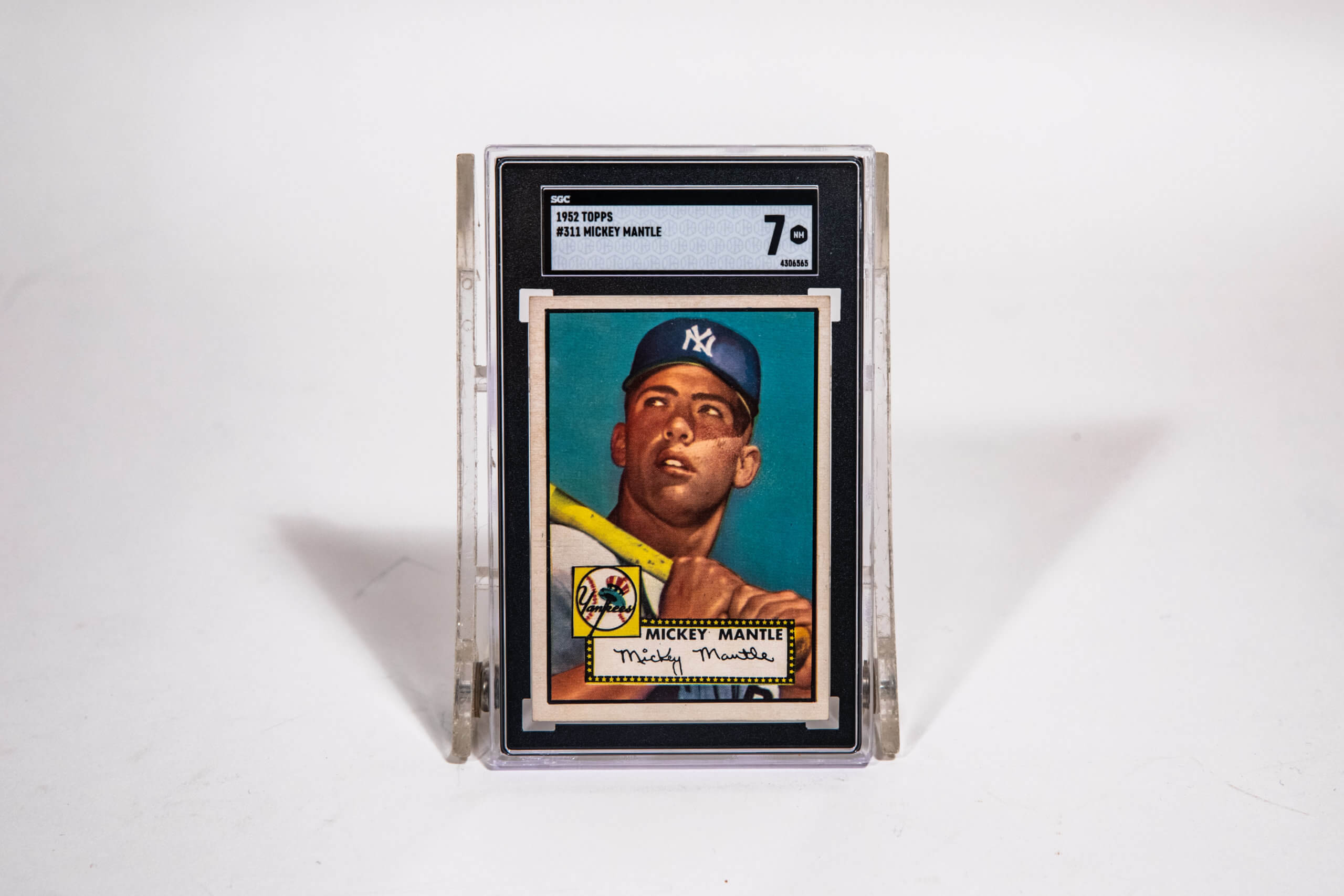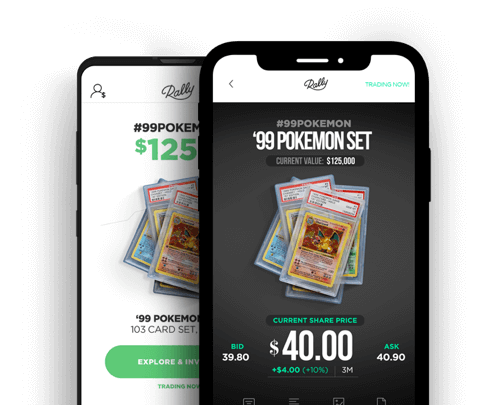Blog > Stories
Music Theory and Vintage Sound Chips: The Different Versions of Zelda’s Iconic Music
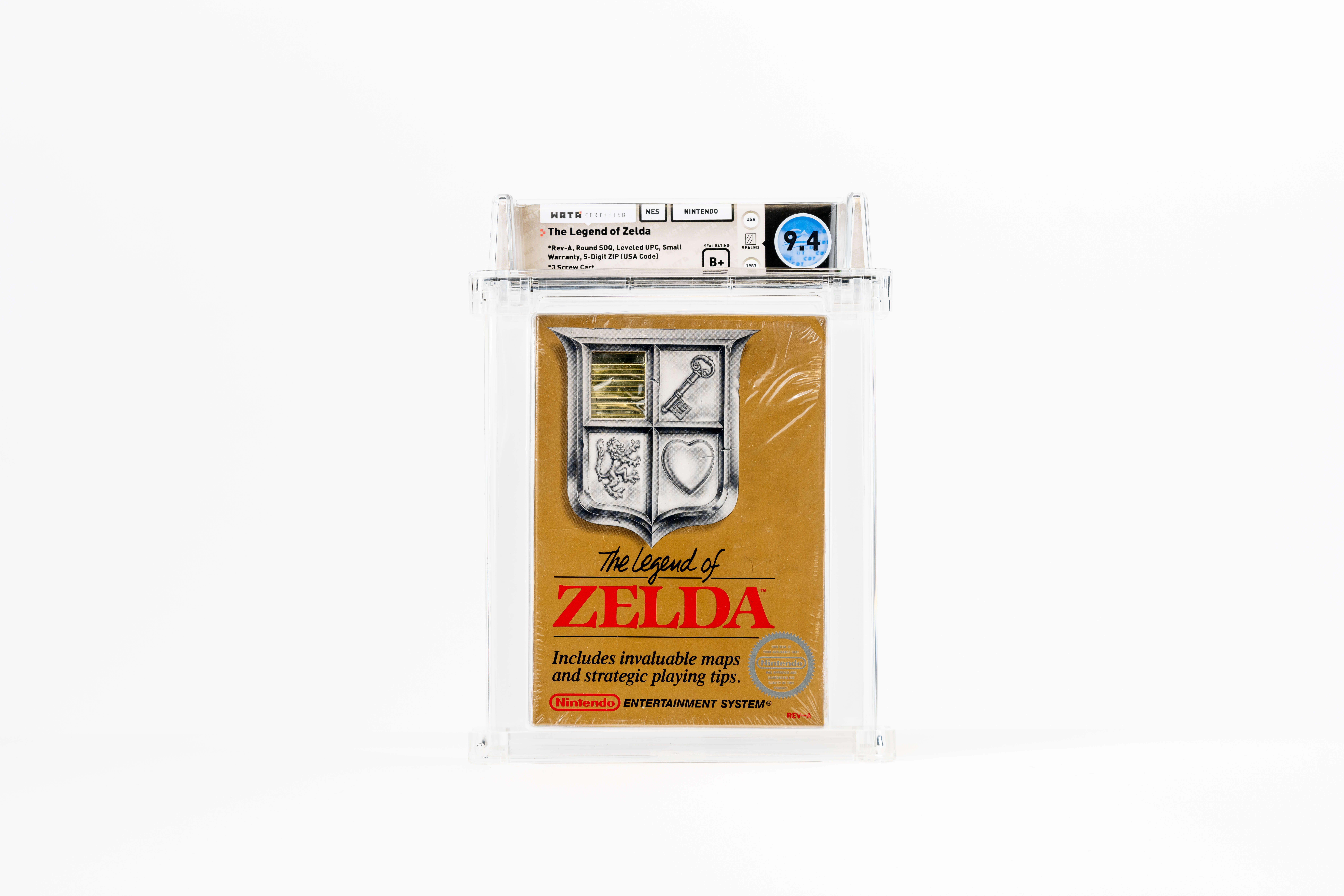
Blog > Stories
Music Theory and Vintage Sound Chips: The Different Versions of Zelda’s Iconic Music

Finally, Peace Returns to Hyrule
Listening Party – Finale Music
[Bryan] You’ve just beaten the game. And what’s nice, too, is that if you’ve played The Legend of Zelda, when you when you die, or go to the Save screen, you get kind of a stripped down simpler version of that ending music. That’s it. Then when you actually finish the game, you get this fully built out nice version. Emily, how would you categorize the style of music? Is it like a march? What would you call it?
“It’s almost more polka-like really, just because the oompa and the bass. It’s a nice little melody. It’s almost kind of musical theater. It reminds you of a good tune from some great Cole Porter musical or something like that from the ‘30s.”
— Emily
[Bryan] Onscreen we can see the blue channel, the wavetable synthesis channel, continue to go. But we don’t hear that music anymore.
“My suspicion is it’s just a space saving tactic. When you’re arranging these songs, it’s categorized and frames are sections, I guess. The more unique ones that you have, the more overall space that the song will take up. So rather than having a new one that didn’t have that instrument in it, they just took the volume to zero. They could reuse it and it wouldn’t be there, but it sounds like a new section. It’s just for the sake of saving space.”
— Thomas
[Bryan] It’s crazy the tricks that you can come up with. When you’re submitting a soundtrack, how big is it?
“Pretty much 16 kilobytes is like the biggest I’ve ever made. As far as NES soundtracks go, that’s big. I’m getting some freedoms that I would have not had if I’d been doing this in the ’80s. I’m happy to use modern tools. But there are no shortcuts. There’s no cheating here. Really, you still have to obey all of the rules. It only makes it a little bit easier.”
— Thomas




